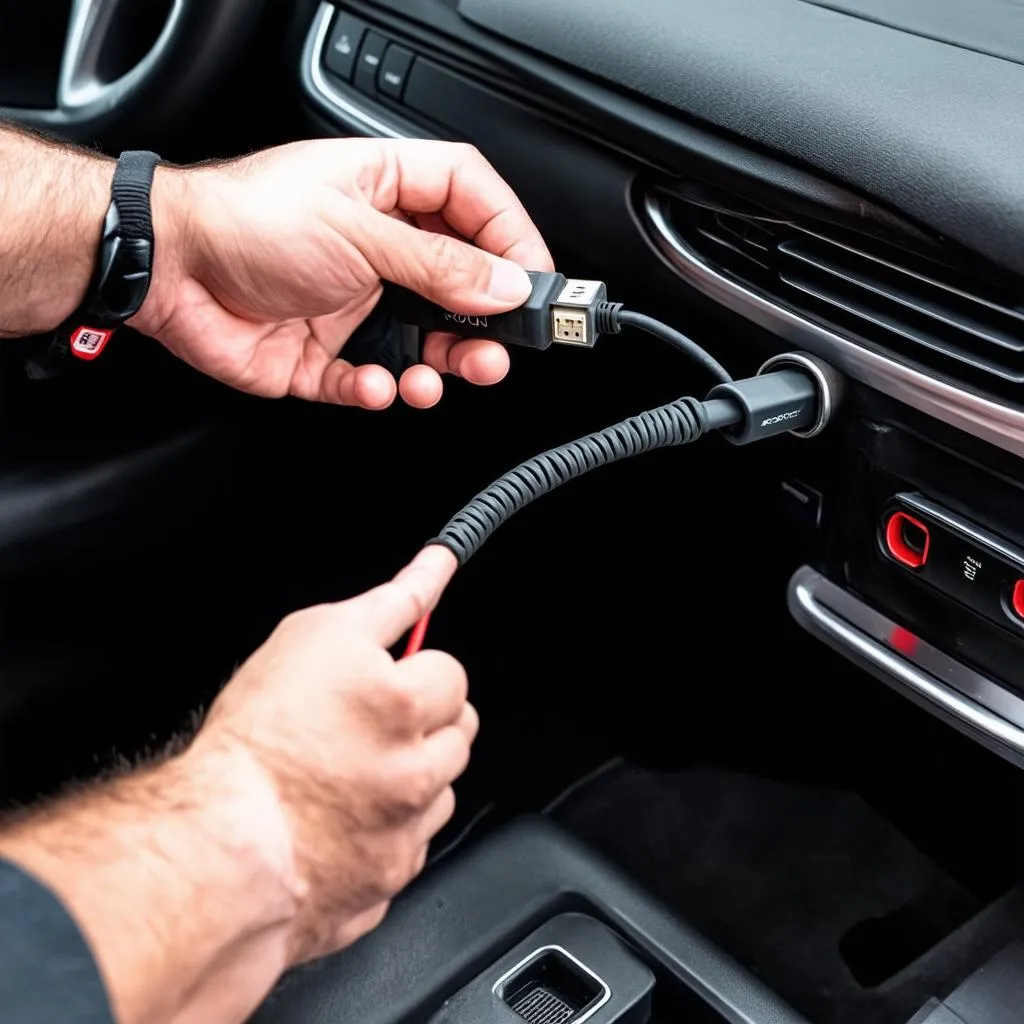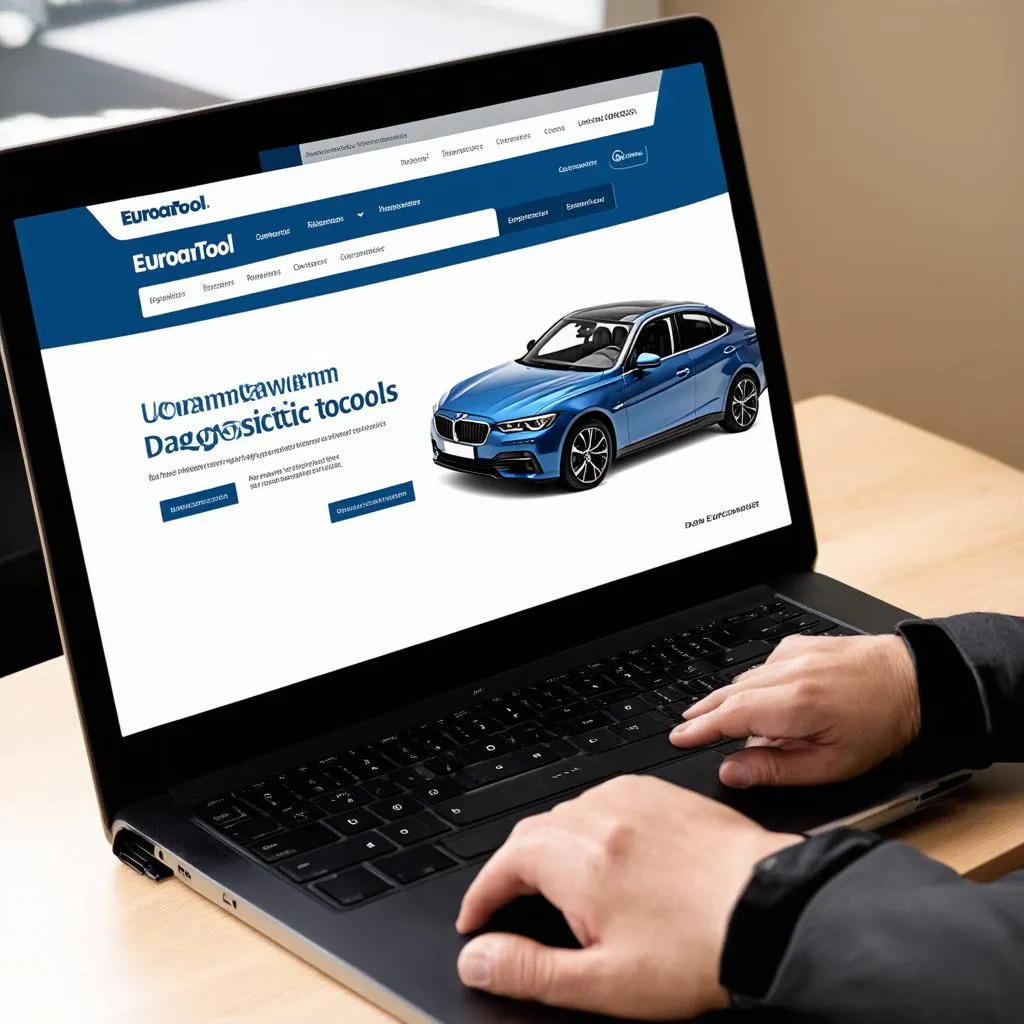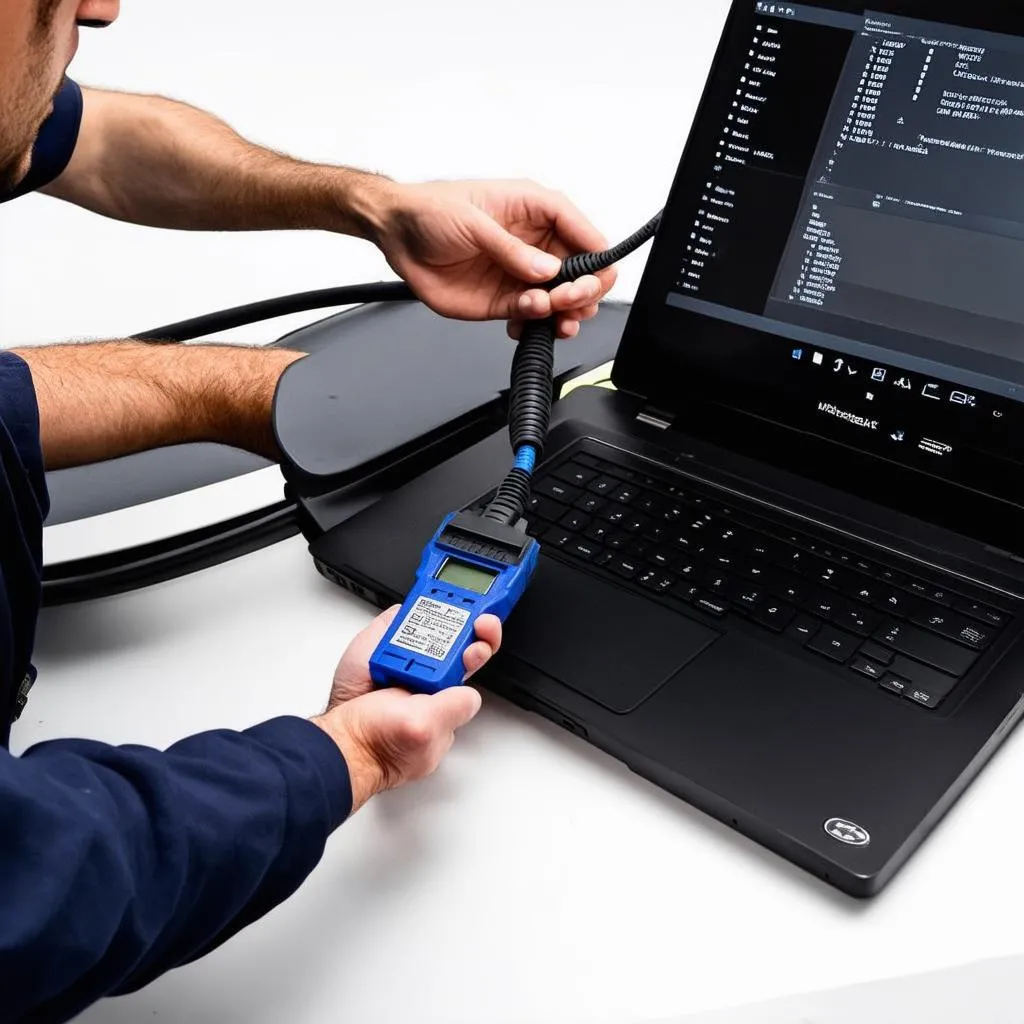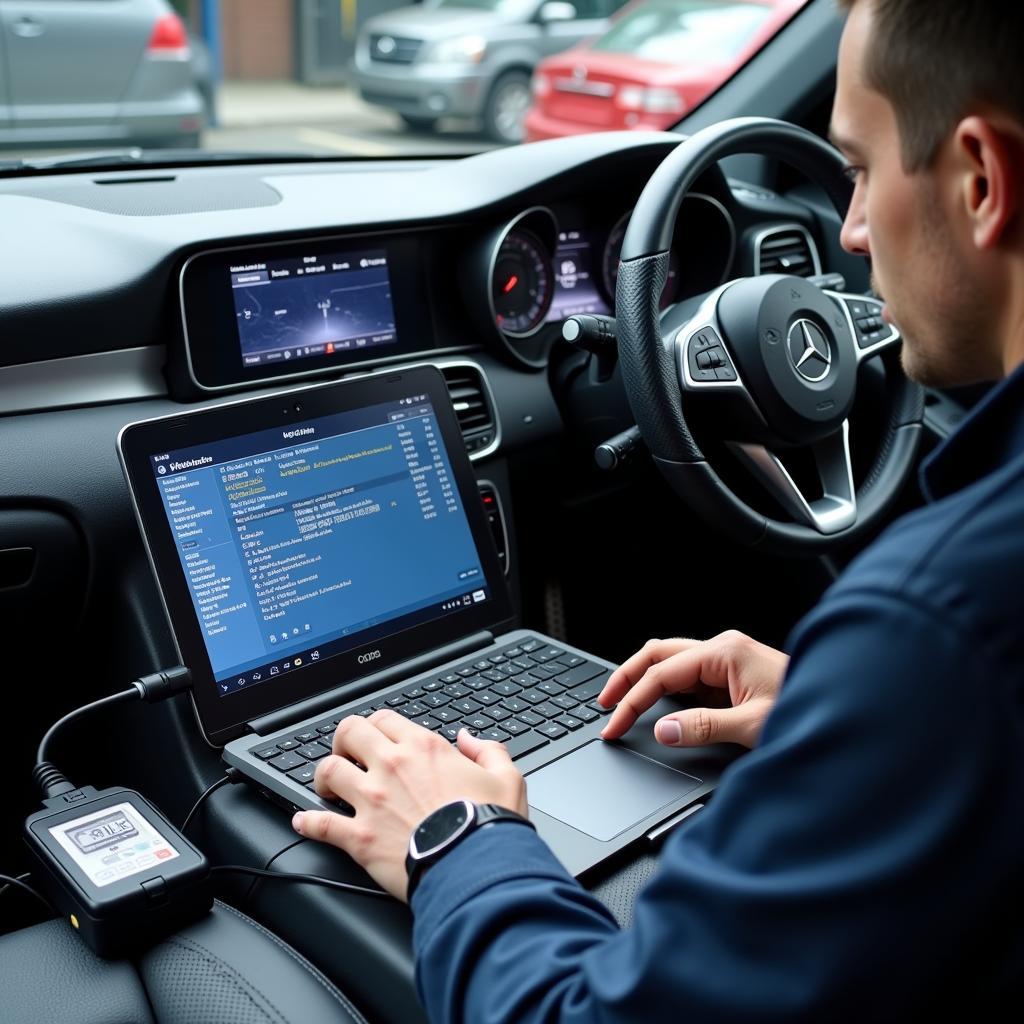Audi Component Protection is a security feature designed to deter theft and unauthorized component replacement. While effective, it can present challenges when installing used or retrofitted components. If you’re encountering component protection issues, specifically in Audi vehicles, VCDS (Vag-Com Diagnostic System) might be the solution you need. This article delves into Audi Component Protection removal using VCDS, covering everything from understanding the system to step-by-step procedures.
What is Audi Component Protection?
Audi Component Protection is an anti-theft system that electronically “locks” certain components to a specific vehicle. This means if a component like the radio, navigation system, or even instrument cluster is removed and installed in another Audi, it won’t function properly. The component essentially becomes useless without being properly “unlocked” and matched to the new vehicle.
Why is VCDS Used for Removal?
VCDS is a powerful diagnostic and configuration tool specifically designed for Volkswagen Auto Group vehicles (including Audi). It allows access to the various control modules within the vehicle to diagnose problems, customize settings, and, importantly, perform component protection removals.
When is Component Protection Removal Necessary?
Here are common scenarios where removing Component Protection becomes essential:
- Replacing faulty modules: If a control unit, like the radio, fails and needs replacement, the new unit might trigger Component Protection, rendering it inoperable.
- Retrofitting used components: Installing a used radio or navigation system from another Audi will almost certainly activate Component Protection.
- Aftermarket upgrades: Some aftermarket head units or navigation systems designed for Audi vehicles might require Component Protection removal to function correctly.
Understanding the Risks
Before attempting to remove Component Protection, it’s crucial to understand the potential risks:
- Warranty Concerns: Tampering with control modules and software can potentially void your vehicle’s warranty, especially if not done correctly.
- Vehicle Malfunction: Incorrect procedures can lead to unexpected vehicle behavior or even damage to sensitive electronic components.
Steps for Audi Component Protection Removal with VCDS
Disclaimer: This guide provides general information. Procedures may vary slightly depending on the specific Audi model and the component in question. It’s highly recommended to consult your vehicle’s service manual or seek help from a qualified Audi technician before attempting these steps.
Essential Tools:
- VCDS Interface: A genuine Ross-Tech VCDS interface is crucial. Counterfeit interfaces may not work properly and could potentially damage your vehicle’s electronics.
- Laptop: A Windows-based laptop with an available USB port is necessary to run the VCDS software.
General Procedure:
- Connect VCDS: Connect the VCDS interface to your laptop’s USB port and then to the OBD-II port on your Audi, typically located beneath the steering wheel.
- Launch VCDS Software: Start the VCDS software on your laptop. Ensure you have the latest version installed for optimal compatibility.
- Select Control Module: Depending on the component with Component Protection, you’ll need to select the corresponding control module (e.g., Radio, Navigation, Instrument Cluster) within the VCDS software.
- Access Adaptation Channels: Within the control module, navigate to the “Adaptation” section.
- Identify Component Protection Channel: The specific adaptation channel related to Component Protection varies. You might find it labeled as “Component Protection,” “CP_OFF,” or something similar. Consult your vehicle’s documentation or online forums for the exact channel number for your specific model and component.
- Modify the Value: Typically, you’ll need to change the value in the Component Protection channel to “0” (zero) to disable it. However, always double-check the recommended procedure for your specific situation.
- Save the Adaptation: After changing the value, save the adaptation within VCDS.
- Test the Component: Cycle the vehicle’s ignition and test the component to confirm that Component Protection has been successfully removed.
 Connecting VCDS to Audi
Connecting VCDS to Audi
Important Notes and Tips
- Back Up Your Data: Before making any changes with VCDS, it’s crucial to back up your vehicle’s coding and adaptation data. This allows you to revert to the original settings if any issues arise.
- Proceed with Caution: Changing incorrect settings in VCDS can lead to unexpected problems. If you’re unsure about any step, it’s always best to seek guidance from a professional.
- Online Resources: The Ross-Tech website and various Audi enthusiast forums offer a wealth of information, including specific instructions and coding guides for different models and components.
Frequently Asked Questions
Can I remove Component Protection myself?
While technically possible with the right tools and knowledge, it’s generally recommended to consult a qualified Audi technician, especially if you’re unfamiliar with VCDS or automotive electronics.
Is removing Component Protection legal?
The legality of removing Component Protection varies depending on your local regulations and the intended use. It’s essential to check your local laws and regulations.
What if I don’t have a VCDS interface?
Cardiagtech offers a wide variety of high-quality diagnostic tools, including genuine Ross-Tech VCDS interfaces. Investing in a reliable VCDS system is crucial for any Audi owner looking to perform advanced diagnostics and modifications.
 Cardiagtech website on a laptop
Cardiagtech website on a laptop
Conclusion
Audi Component Protection, while a valuable security feature, can pose challenges when replacing or upgrading components. VCDS provides a powerful tool to overcome these challenges. However, it’s imperative to proceed with caution and a good understanding of the procedures involved.
For all your Audi diagnostic needs and access to top-quality tools like VCDS, Cardiagtech is your trusted source. Contact us today for more information on how we can assist you.



